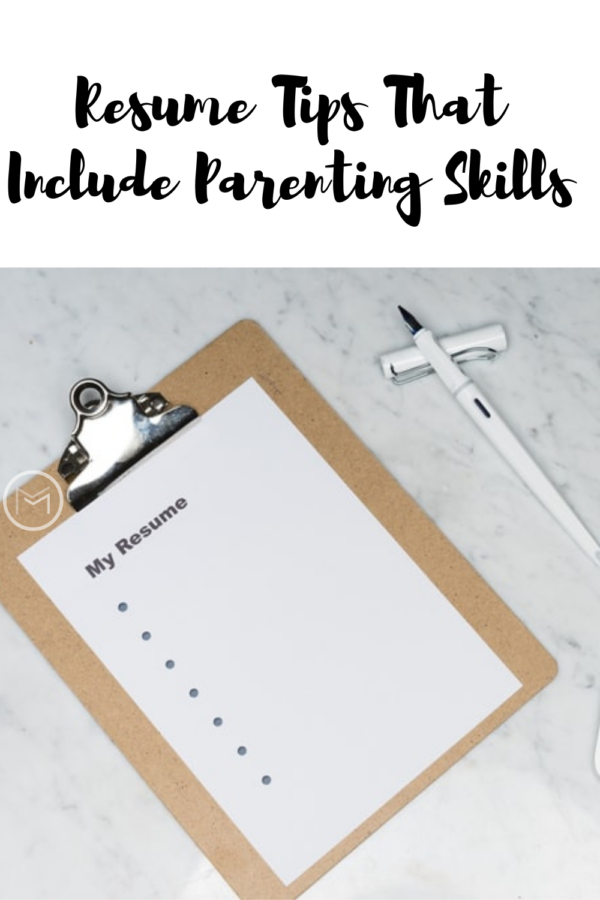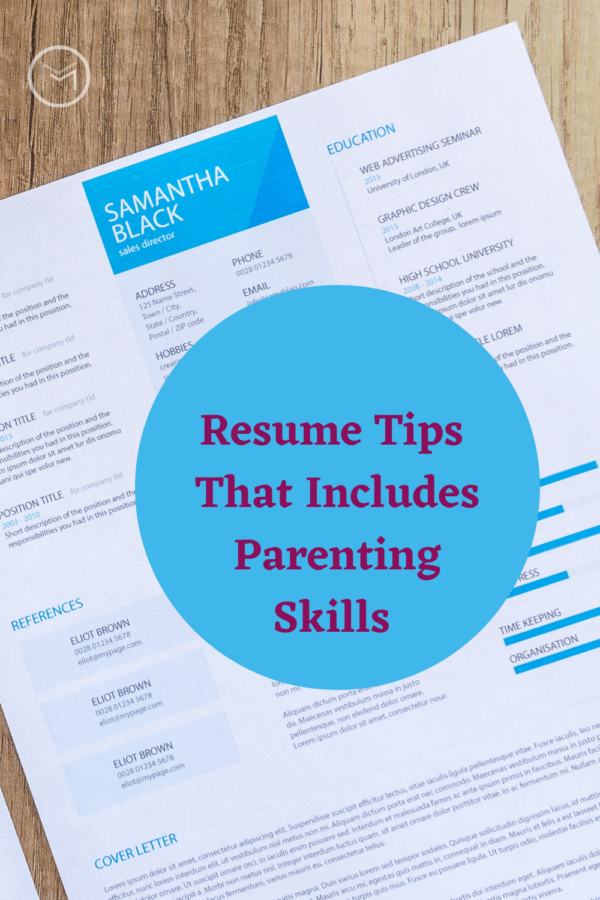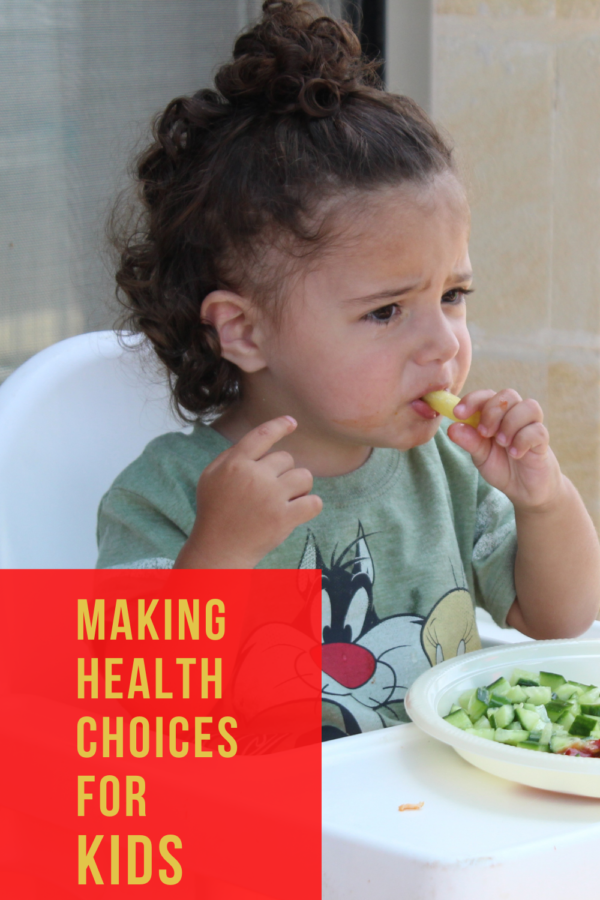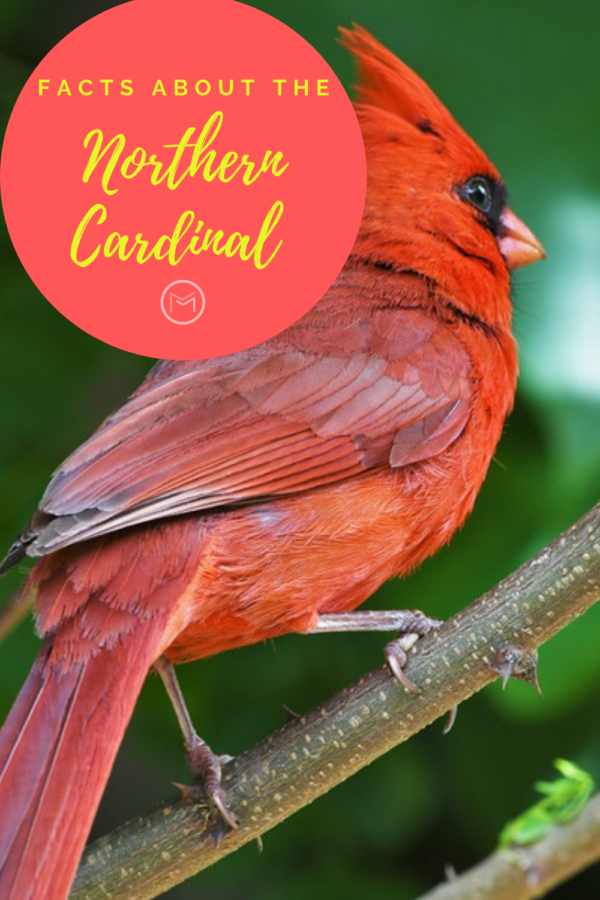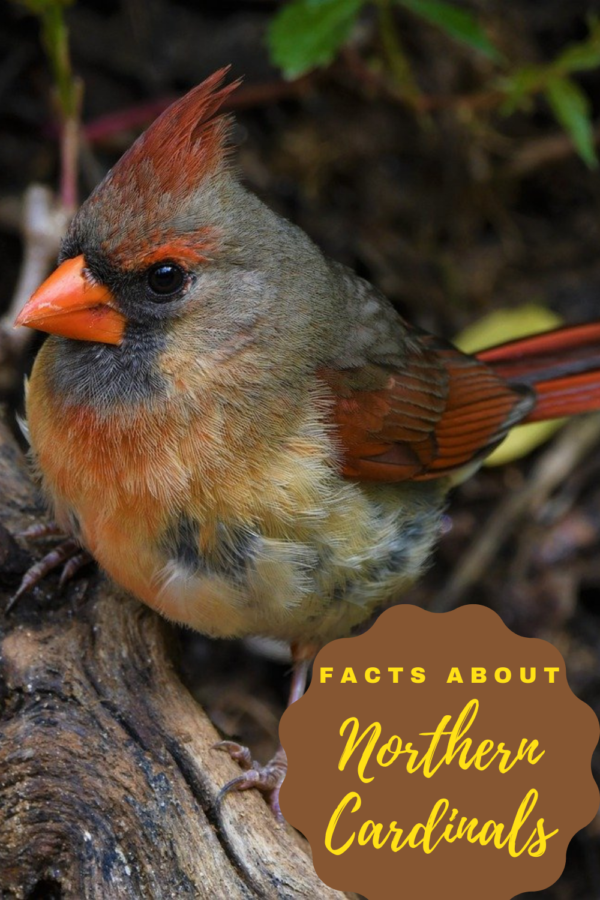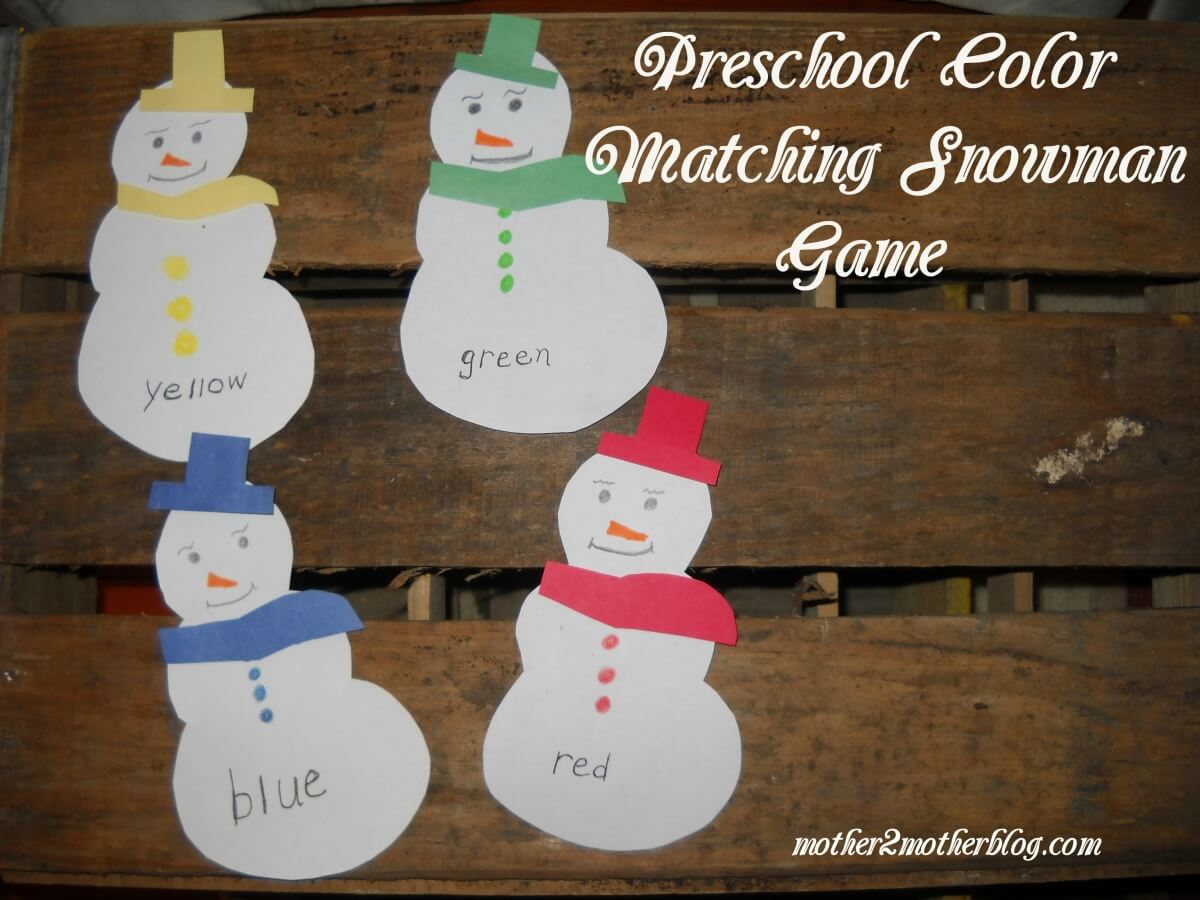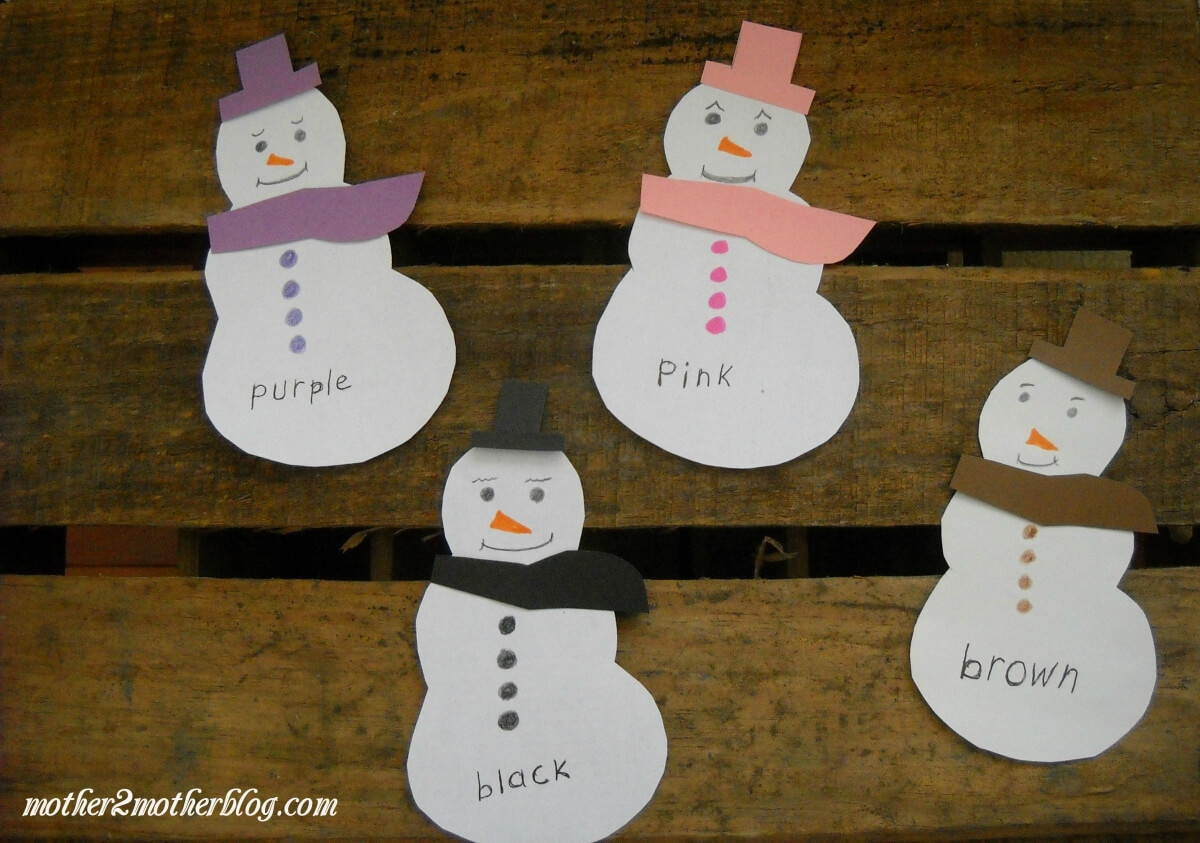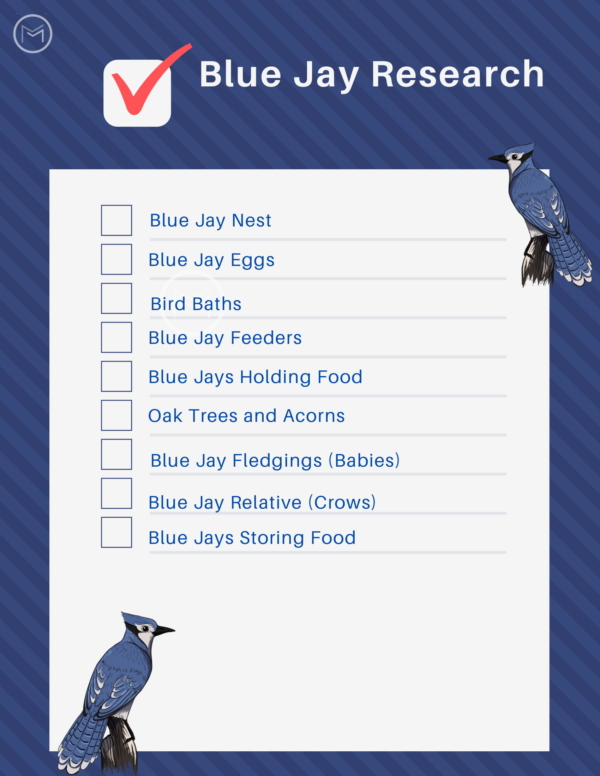Today, I’m sharing parenting tips on helping kids through a move. The average American moves to a new home over 11 times in their lifetime. Moving is always a big decision, especially if you’re moving to a new state or even a new country. For adults, the experience can be daunting. But for children, it can be a source of stress and anxiety as they have no control over what happens.
Unfortunately, children often feel trapped by a big move. Sometimes moving comes out of the blue, and they don’t understand why it is happening or how to cope. As a parent, you have a responsibility to make things as smooth and stress-free as possible for your children.
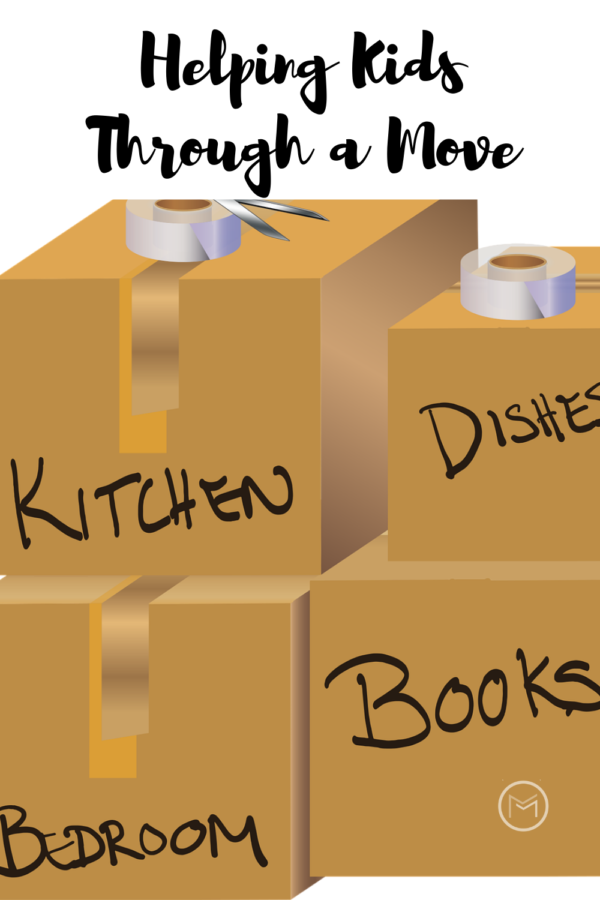
Helping Kids Through a Move
Address the situation honestly
Ideally, you don’t want to leave it until the last minute. You have to be honest and upfront about the move. If the family is planning to relocate in a different city or state, have a conversation with your child. Let them know what is happening and when as soon as possible. It is even more important to be up front and honest in a case where only one of the parents will be moving with them, such as following a separation.
Your child needs to understand that it isn’t their fault. More importantly, you need to reassure them that their parents will always be there for them, even if they live in different houses. You can also take the time to discuss what their bedroom will look like in a new home. In a divorce, the child can share their life between both homes, which means they have two bedrooms.
Dealing with removal stress
Moving is synonymous with packing. Unfortunately, there will be a lot of packing and the task can take up a lot of your time. So, give your kids a chance to spend time with their other family members or friends. Also, it can be helpful to keep things hassle-free by reaching out to a professional removal company. They can pack and ship your belongings for you. For long-distance moves, you can even consider car shipping services to your new address, so you don’t have to drive across the country! Ultimately, when you’ve got the move under control, you’re in a better position to arrange a goodbye party for your kid.

Make sure there will be memories
It is terrifying to leave the friends they’ve made behind. So, it is important to reach out to friends, neighbors and teachers as soon as you know the move is happening. You can plan a going-away party for your child (and even yourself). Don’t forget to bring a book to collect all addresses and contact details. For example, bring a sign-in book or a huge box where people can leave their cards. You can also create a Facebook page or an Instagram #hashtag for the occasion so that those who couldn’t make it can still get in touch.
Moving into a new home can be difficult for everyone. It forces you to change your habits and to meet new people. For children, it can be a scary experience, whether the whole family is moving out or just one parent. You can help them understand and prepare for the move by making time to talk.
